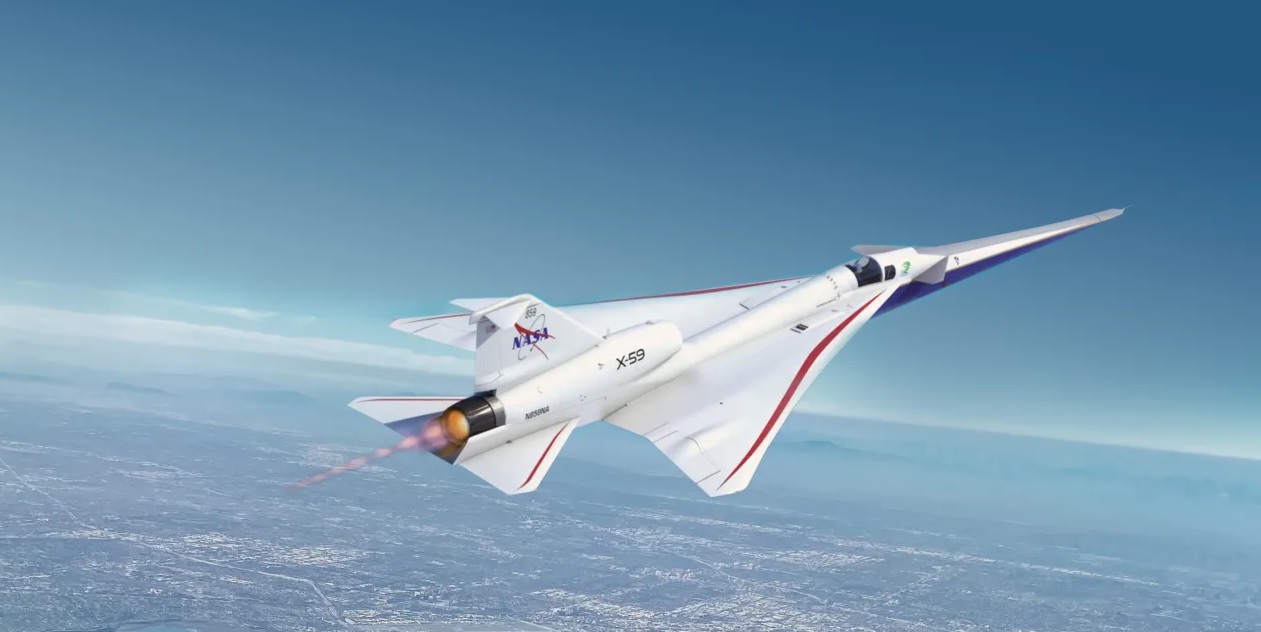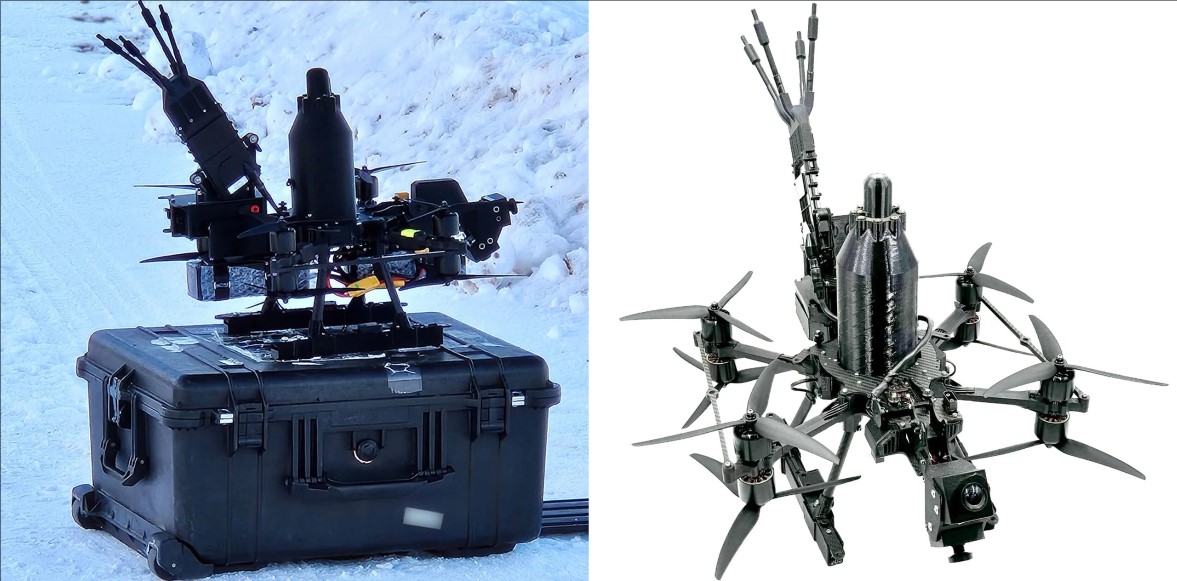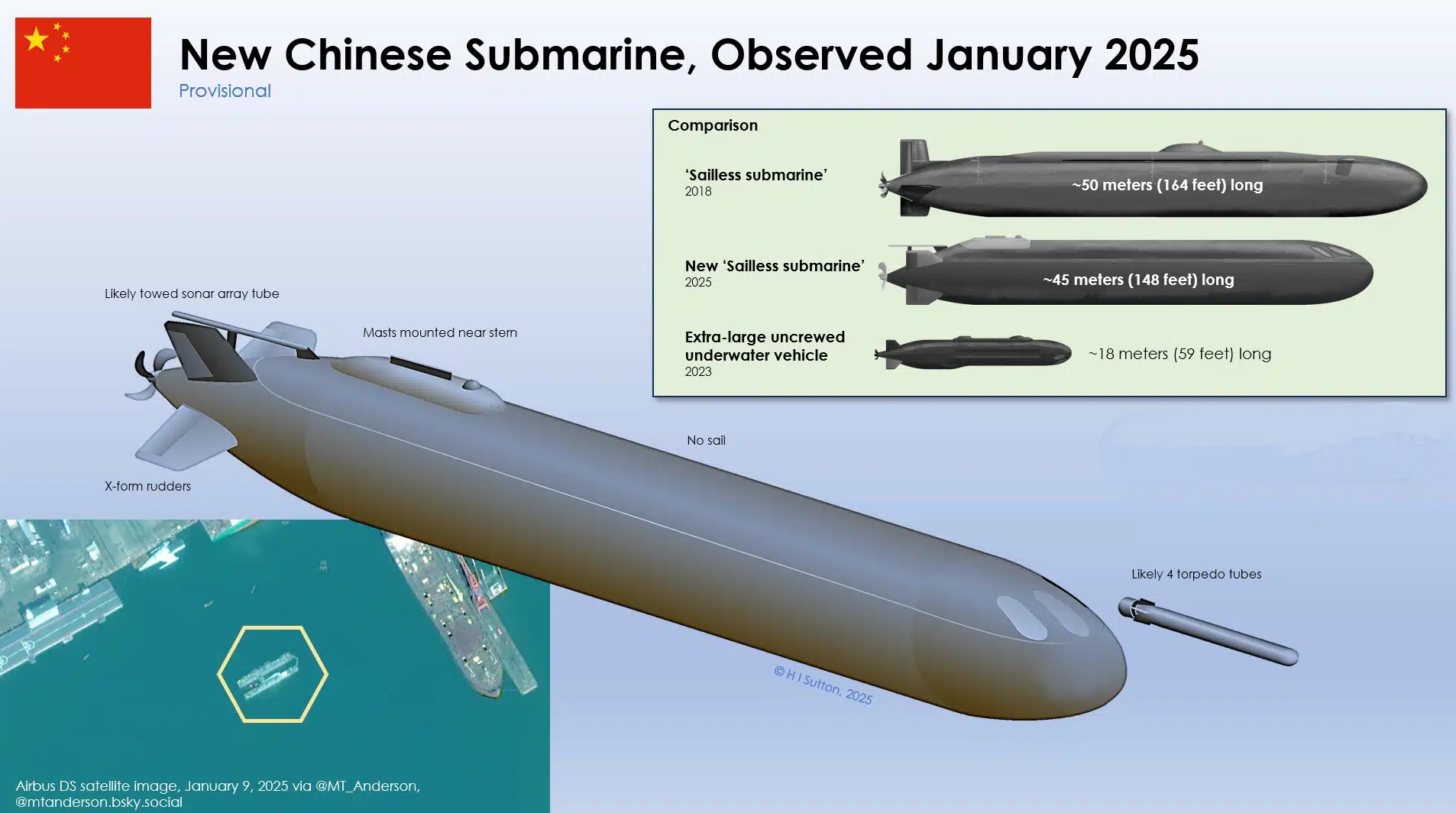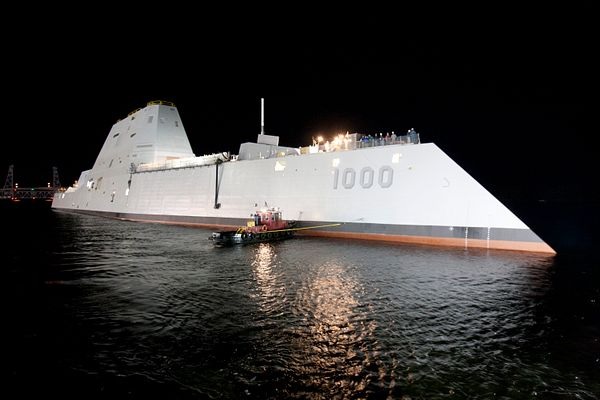NASA's X-59 Quiet Supersonic Aircraft Achieves Milestone with Maximum Afterburner Engine Test

NASA's revolutionary X-59 Quiet Supersonic Technology (QueSST) aircraft has taken a significant leap forward by successfully running its engine at maximum afterburner power for the first time. This groundbreaking test, conducted on December 12, 2024, at Lockheed Martin's Skunk Works facility in Palmdale, California, marks a crucial milestone as the aircraft advances toward its maiden flight, expected in 2025.
Pioneering Technology for Supersonic Travel
The X-59 is designed to revolutionize supersonic flight by addressing one of its biggest challenges: the loud sonic boom that occurs when breaking the sound barrier. Powered by the advanced F414-GE-100 engine, the aircraft can achieve supersonic speeds of Mach 1.4 (approximately 925 mph) while cruising at an altitude of 55,000 feet. Unlike traditional supersonic jets, the X-59 minimizes disruptive sonic booms, replacing them with a much quieter "sonic thump."
The successful engine test validated the engine's ability to deliver high thrust levels while maintaining optimal operational conditions. This included ensuring proper temperature limits and airflow requirements, critical for high-speed performance.
Innovative Design and Features
The X-59 boasts a sleek, futuristic design optimized for supersonic travel. Key features include:
-
Tapered, Thin Nose: The aircraft's elongated nose is engineered to break up shock waves, significantly reducing the intensity of sound reaching the ground.
-
External Vision System (XVS): In place of traditional forward-facing cockpit windows, the X-59 uses an advanced camera system and display to provide pilots with a clear view of their surroundings, ensuring safe and efficient navigation.
-
Quiet Supersonic Technology: The aircraft integrates cutting-edge aerodynamics and materials to reduce noise pollution, paving the way for regulatory acceptance of overland supersonic flights.
Path to First Flight and Future Impact
With the engine test now completed, the X-59 will undergo integrated systems testing, followed by taxi trials. These tests will ensure all systems function seamlessly before the aircraft takes to the skies for its inaugural flight. During operational testing, NASA will gather extensive data on the X-59's performance, particularly its ability to produce low-noise supersonic travel.
The insights gained from the X-59 project are expected to influence future regulatory changes, enabling commercial supersonic flights over land for the first time in decades. This could drastically reduce travel times between major cities, making air travel faster and more efficient.
A Step Toward the Future of Aviation
NASA's X-59 Quiet Supersonic Technology aircraft is not just a milestone for the space agency but a transformative project for the aviation industry. By addressing the challenges of sonic booms and noise pollution, the X-59 aims to unlock the full potential of supersonic travel, reshaping the future of global air transportation.



